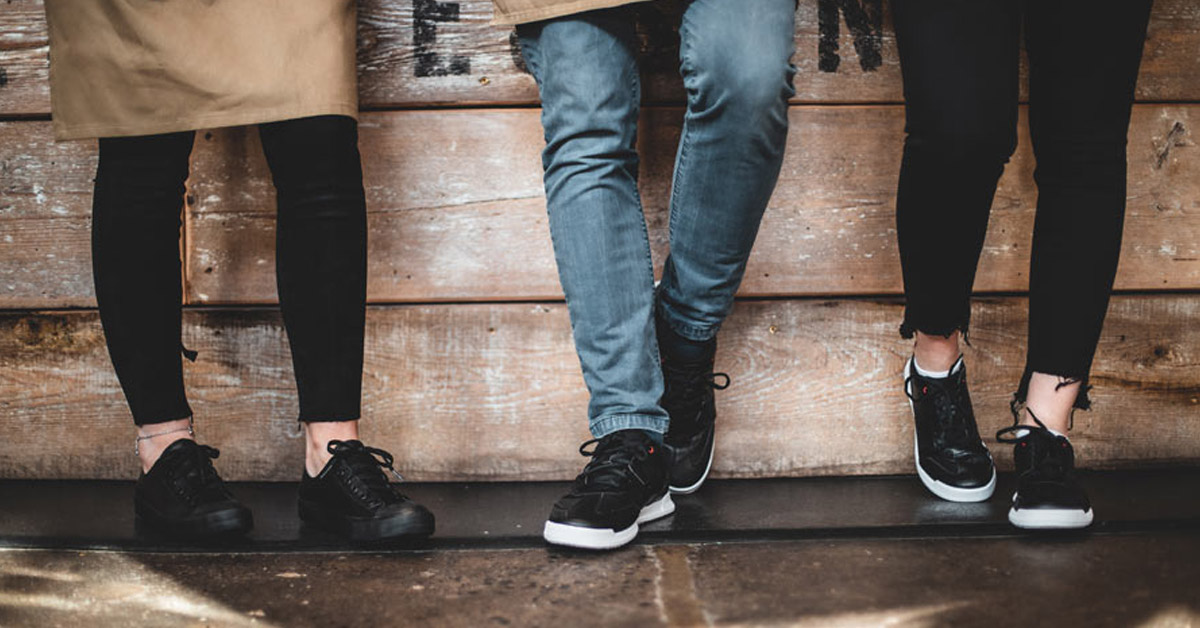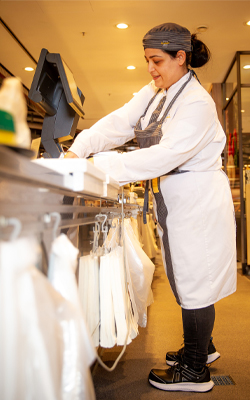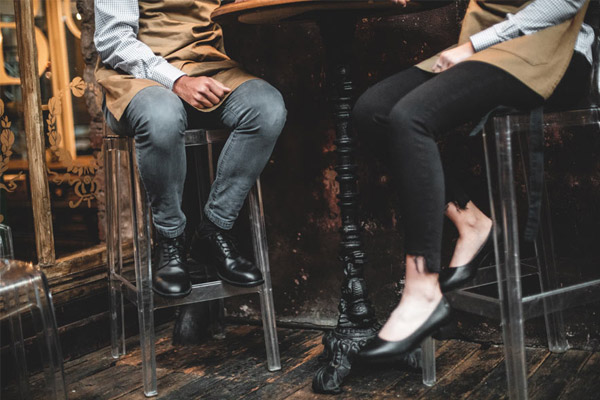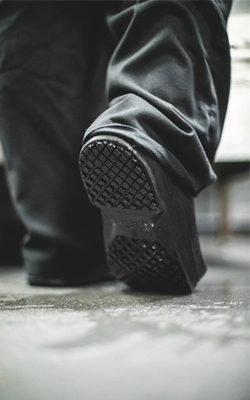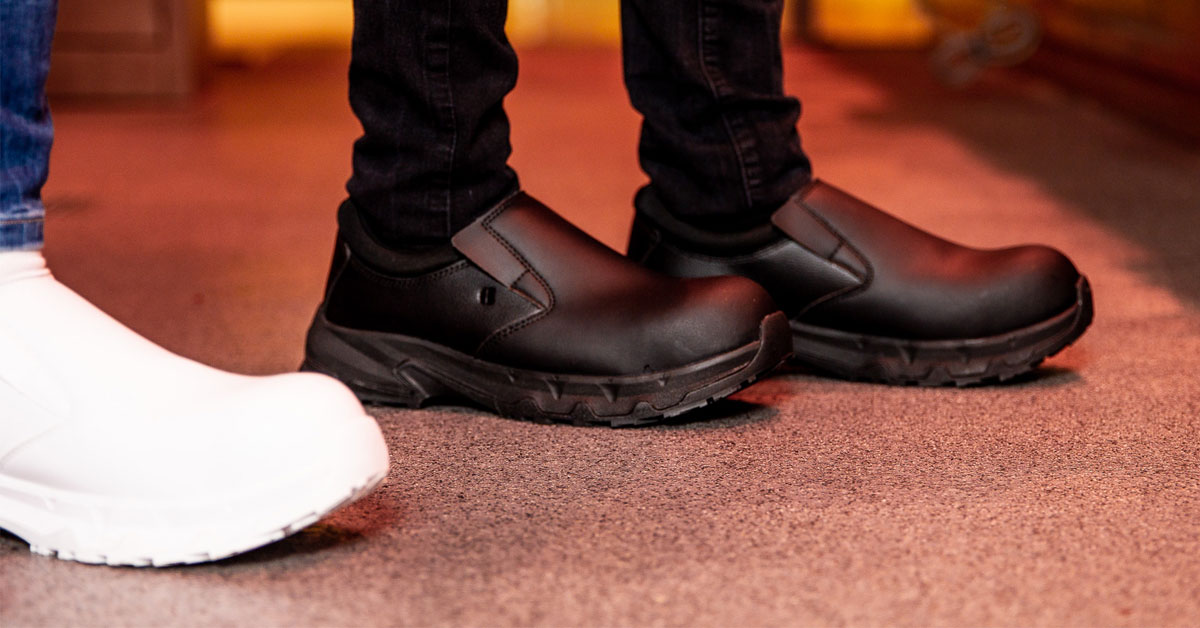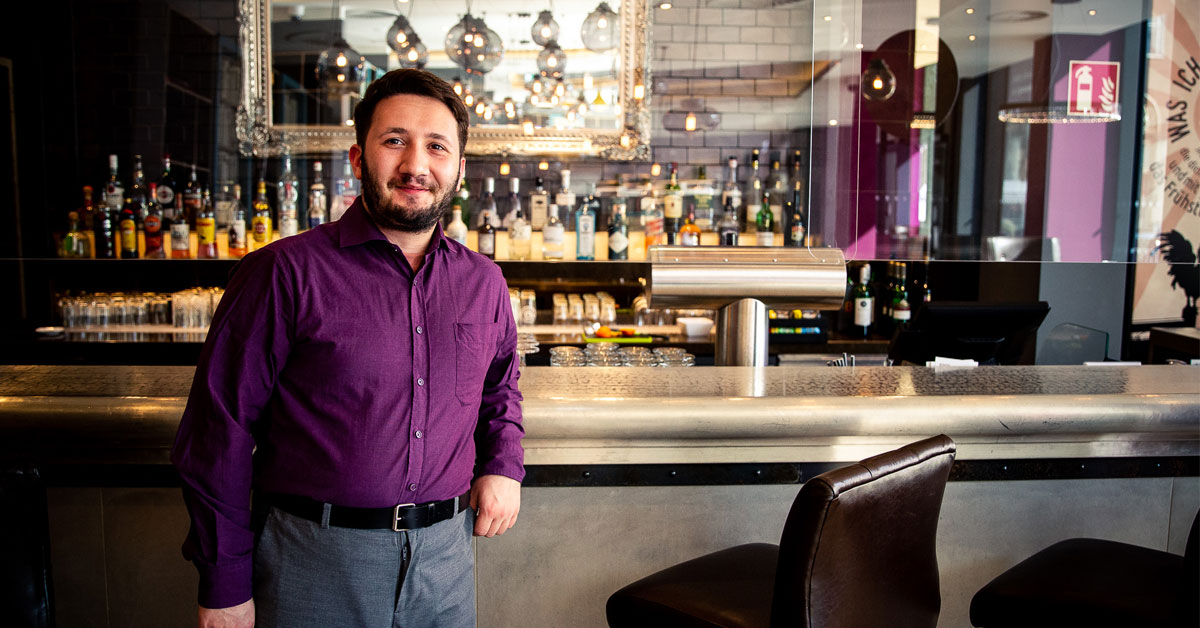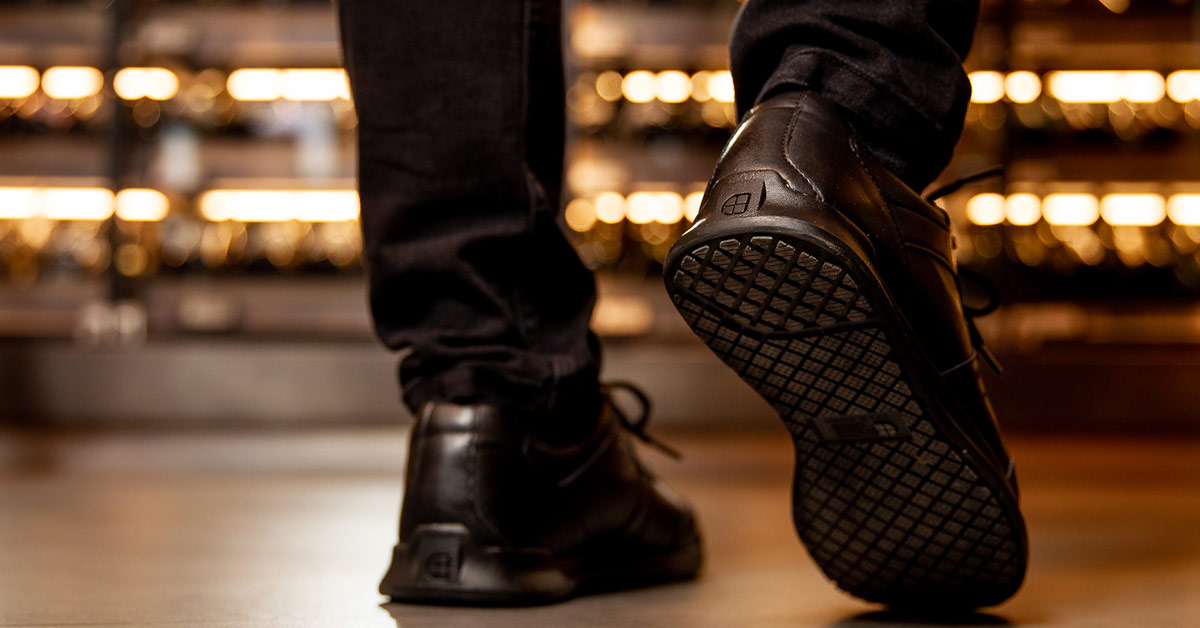Foot pain can be a side effect for anyone who stands on their feet all day, no matter their age or industry. And with busier summer seasons projected for the UK, the average day shift is about to get even more hectic. Tasks associated with manual job roles can put a lot of extra strain on the body. This can result in employees whose feet hurt after work and a whole host of other issues.
Standing and moving frequently for long periods of time can lead to health problems related to the legs, back and knees. If not dealt with, minor issues like sore feet can lead to more serious conditions. We are going to focus on why employees’ feet hurt after work and what can be done to help them.
Conditions that stem from foot pain
Long shifts filled with hard manual tasks and lots of contact with surfaces such as concrete, tiles, and tarmac can be tough. Short-term conditions are less bothersome and can be managed with treatment and adequate rest. Things such as swelling, sore muscles and arches, fatigue, and stress. If not managed in small ways on a daily basis, minor pains can add up to underlying conditions.
Some of the most common conditions that can develop due to long-term foot pain are:
- joint damage
- arthritis
- tendonitis
- musculoskeletal disorders
- high blood pressure
Shoes For Crews footwear is multi-layered with supportive insoles and outsoles. They are enhanced for comfort, especially for those who are on their feet for hours. Wearing properly fitted, slip-resistant shoes for work will help your team reduce their risks of developing long term chronic foot pain.

